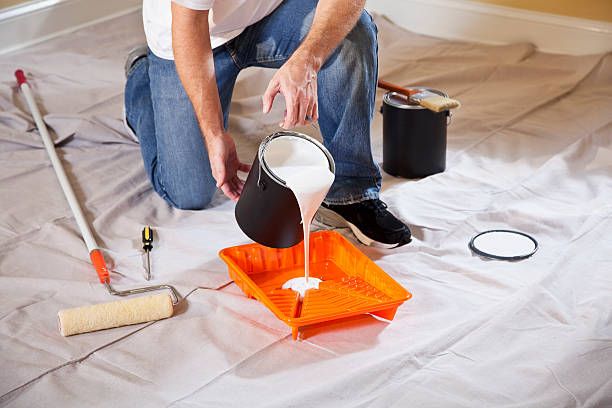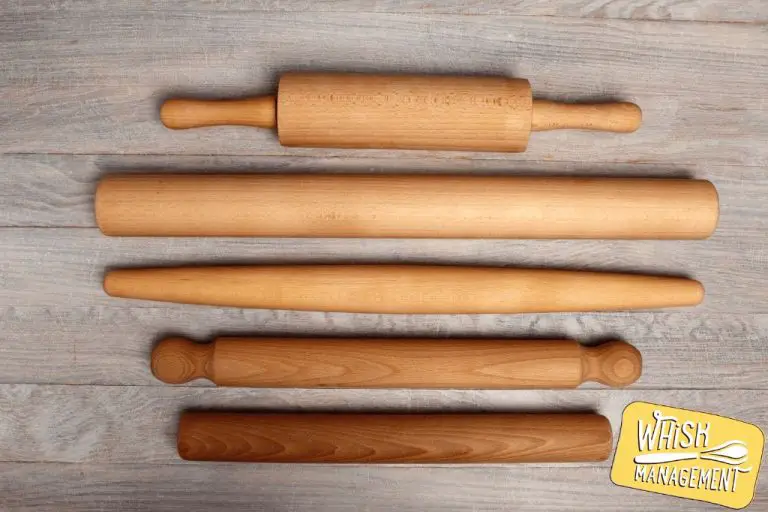How Do You Clean A Toscana Table?
Toscana dining tables are highly coveted for their timeless elegance and long-lasting durability. Often made from quality hardwoods like oak or walnut, Toscana tables feature intricate carvings and a smooth lacquered finish that gives them their signature shine.
Like any fine furniture, Toscana tables require proper care and cleaning to maintain their beauty over decades of use. Cleaning not only keeps the table looking its best, but also helps preserve the wood and finish from damage. Using the wrong cleaners or techniques can actually ruin the lacquer coating and lead to costly repairs.
Following a careful cleaning routine ensures your investment stays in pristine condition for generations to enjoy around the dining table. With some basic supplies and regular upkeep, it’s easy to keep your Toscana dining table looking like new.
Supplies Needed
Cleaning a Toscana table requires just a few simple supplies that you likely already have at home. To properly clean the table, you’ll need:
- Mild dish soap – Choose a gentle soap without harsh chemicals that could strip the finish.
- Soft cloths – Microfiber cloths work well and won’t scratch the table.
- Paper towels – For wiping and drying the table surface.
- Olive oil – After cleaning, olive oil helps moisturize and protect the wood.
Avoid using harsh cleaners, scouring pads, steel wool, or abrasive sponges as they can damage the table’s finish over time. Stick to mild cleaners and soft cloths to safely clean and protect your Toscana table.
Inspect the Table
Before cleaning your Toscana table, it’s important to thoroughly inspect it for any existing damage or issues. Carefully examine the entire surface and look for common defects like:
- Stains – Check for water marks, food and drink stains, grease, ink, etc. Pay attention to the crevices and undersides.
- Scratches – Run your hand along the table to feel for any light or deep scratches. These may require more attention during cleaning.
- Worn areas – Look for areas that seem dull, faded, or patchy when compared to the rest of the table.
- Dents and gouges – Press along the edges and legs for any dents or chips in the wood.
- Loose joints – Shake the table gently to check for any loose joints or wobbly legs.
Any existing damage like persistent stains or deep scratches may be difficult to fully remove during cleaning. But noting their location will help you be extra gentle in those spots. Avoid scrubbing too hard, so you don’t worsen any scratches or dents.
Remove Items on Table
The first step in cleaning your Toscana table is to clear off the tabletop completely. Remove any dishes, table runners, placemats, centerpieces, and other items. This allows you to access the entire surface of the table for cleaning.
If your Toscana dining table has removable leaves, take those out as well. This makes the table lighter and easier to move around during cleaning. It also gives you access to clean the sections of the tabletop that are usually hidden by the leaves. Just be sure to clean the leaves themselves before reinserting them later.
Once everything is cleared off, you’ll have an empty table ready for dusting, scrubbing, polishing, and more. A clear table also helps you inspect the surface more closely for any stubborn spots or scratches that need extra attention during cleaning.
Dust the Table
Before cleaning your Toscana wood table, it’s important to remove any dust, dirt, or debris that has accumulated. This helps ensure your cleaning solution can penetrate into the grain of the wood properly. Use a soft, dry microfiber cloth and gently wipe down all surfaces of the table. Make sure to get into crevices, carvings, and underneath any extensions or leaves. Pay close attention to the legs and base, as dust can easily collect there.
You can use the microfiber cloth dry if the table just needs a light dusting. For a more thorough dust removal, you can also use a slightly damp cloth. Wring it out well so it’s just barely moist – you don’t want to introduce any excess moisture. Work in sections and wipe the surface lightly in the direction of the wood grain. Avoid any kind of harsh scrubbing during the dusting process.
Be sure to get into corners and crevices using a small brush or vacuum crevice tool. This lift dust out before it has a chance to build up. Proper and regular dusting is key for ensuring your Toscana table stays looking its best.
Clean with Soapy Water
A gentle yet effective cleaning solution for your Toscana table is a mixture of warm water and a small amount of dish soap. As the HGTV experts recommend, mix up a weak soapy water solution by adding a couple drops of dish soap to a bowl of warm water. Dampen a soft, clean cloth or sponge in the soapy solution, then thoroughly wring out any excess liquid. You want the cloth to be damp but not dripping wet. With a light touch, wipe down the entire tabletop using long strokes following the direction of the wood grain. The warm soapy water will help lift dirt and debris from the surface of the table without stripping the finish or damaging the wood over time.
Rinse and Dry
Once you have washed the wood table with a soap and water solution, it is critical that you thoroughly rinse off any soap residue. Soap left on the wood can leave streaks and cause buildup over time.
Use a clean damp cloth or sponge to wipe down the entire table. Rinse the cloth frequently with fresh water to ensure you are not just spreading around soap scum. Work in sections and rinse your cloth between wiping each section.
Pay close attention to crevices, carvings, and details that may trap soap. Use a soft bristle toothbrush dipped in water to scrub soap out of hard to reach areas.
After rinsing, immediately dry the table with a soft, absorbent towel. Blot and lightly rub the surface to soak up all moisture. Take care not to let any water pool or sit on the wood, as this can lead to warping, discoloration, and damage over time. Work systematically and change towels when they become too damp.
Inspect the table closely once dry to ensure there is no remaining moisture or soap residue. Allow ample time for the table to air dry as well before replacing any tablecloths or items.
Treat Scratches
If your Toscana table already has some minor scratches, you can help diminish their appearance by treating them gently with some olive oil. According to research from https://www.getmulberry.com/articles/fix-scratches-in-wood-table, you can follow these steps:
Apply a small amount of olive oil to a soft, clean cloth. Rub the olive oil gently into the scratches in a circular motion. The oil will help moisturize the wood and make the scratches less noticeable. Be very gentle as you rub, you don’t want to cause any further damage.
After applying the olive oil, let it sit for 10-15 minutes. Then wipe away any excess oil with a clean cloth. The oil soak helps the wood absorb the oil into the scratches. Over time, repeating this olive oil treatment 1-2 times per month can dramatically improve the look of minor scratches.
This simple, natural olive oil remedy takes advantage of oil’s ability to moisturize wood and make light scratches less noticeable. Be patient, and with regular applications you should see your Toscana table scratches blending in nicely.
Protect and Maintain
To protect the finish of your Toscana table and help prevent scratches, it’s important to wax or polish it regularly. Using a furniture wax or polish specifically formulated for wood will provide a protective barrier and buff out minor scratches. Apply wax or polish in the direction of the wood grain using a clean, soft cloth. Let it dry completely then buff to a shine with a fresh cloth. It’s best to wax wooden tables every 1-2 months for optimal protection.
You can also protect the table surface by using tablecloths during meals and when the table is in use. Just be sure tablecloths are clean before placing them on the table to avoid transferring dirt or debris that could scratch the wood. Lifting items on and off the table instead of sliding them across the surface will also help prevent scratches and damage.
According to furniture experts, “Position your dining table away from direct sunlight as prolonged exposure can cause fading and discoloration.” (Source)
When to Call a Professional
In some cases, it is best to call in a professional upholstery cleaning service to properly clean and care for your Toscana dining table instead of attempting to clean it yourself:
For deep scratches or damage – If the dining table has any deep gouges, scratches, or other significant damage, it is wise to hire a professional upholstery cleaner. They will have the proper tools and expertise to make repairs and touch up the finish so the blemishes are less noticeable. Attempting DIY repairs risks further damaging the table.
If unsure about cleaning methods – Toscana dining tables often have detailed wood inlay designs and ornate bases that require special care when cleaning. Improper cleaning techniques could lead to fading, discoloration, or other damage. Professional cleaners are trained on the best methods and solutions to use when cleaning complex upholstered furniture like a Toscana dining table. Their expertise ensures the table gets thoroughly cleaned without risk of harm.
According to www.a1cleaningbyhappe.com, “When you decide to clean upholstered furniture, leaving this job to professionals can be the best decision. They’ll find a solution for every upholstery cleaning challenge.” Hiring a pro ensures the Toscana dining table gets the proper deep clean it needs.






